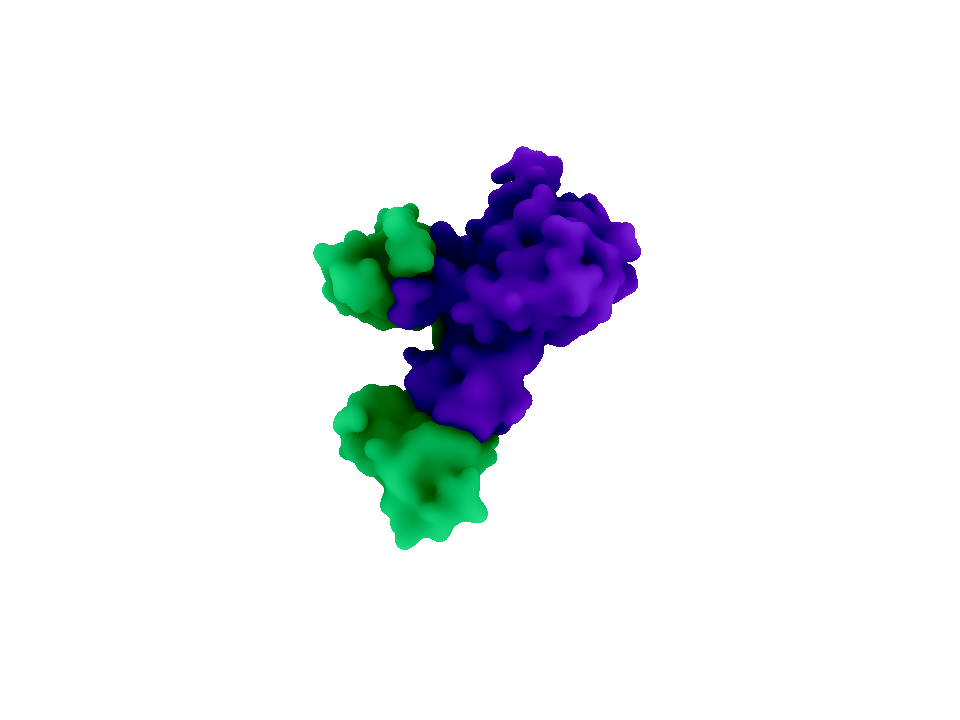Team:Brown-Stanford/REGObricks/Introduction
From 2011.igem.org
(Difference between revisions)
(Created page with "{{:Team:Brown-Stanford/Templates/Main}} == '''Project Overview''' == Before bringing synthetic organisms to do work on Mars, one needs to answer the question of what to feed the...") |
(→Project Overview) |
||
| Line 1: | Line 1: | ||
{{:Team:Brown-Stanford/Templates/Main}} | {{:Team:Brown-Stanford/Templates/Main}} | ||
| - | == ''' | + | == '''Introduction''' == |
| - | + | Rather than using materials shipped up from Earth, it is more cost-effective to use the on site regolith to create the solid structures needed for long-term stay on Mars. REGObricks uses bacterium Sporosarcina pasteurii, which excretes ammonia and carbonate as byproducts of the urease reaction, to create calcium carbonate crystals that bind the regolith particles to form a brick with compressive strength comparable to concrete. In addition to making bricks using the biocementation process, we will evaluate the space-worthiness of S. pasteurii as well as being making a toolkit to standardize this bacterium to current synthetic biology standards. | |
| - | + | ||
| - | + | ||
| + | [[File:Brown-Stanford Urease.png|center|600px]] | ||
{{:Team:Brown-Stanford/Templates/Foot}} | {{:Team:Brown-Stanford/Templates/Foot}} | ||
Revision as of 21:30, 17 August 2011
Introduction
Rather than using materials shipped up from Earth, it is more cost-effective to use the on site regolith to create the solid structures needed for long-term stay on Mars. REGObricks uses bacterium Sporosarcina pasteurii, which excretes ammonia and carbonate as byproducts of the urease reaction, to create calcium carbonate crystals that bind the regolith particles to form a brick with compressive strength comparable to concrete. In addition to making bricks using the biocementation process, we will evaluate the space-worthiness of S. pasteurii as well as being making a toolkit to standardize this bacterium to current synthetic biology standards.
 "
"






